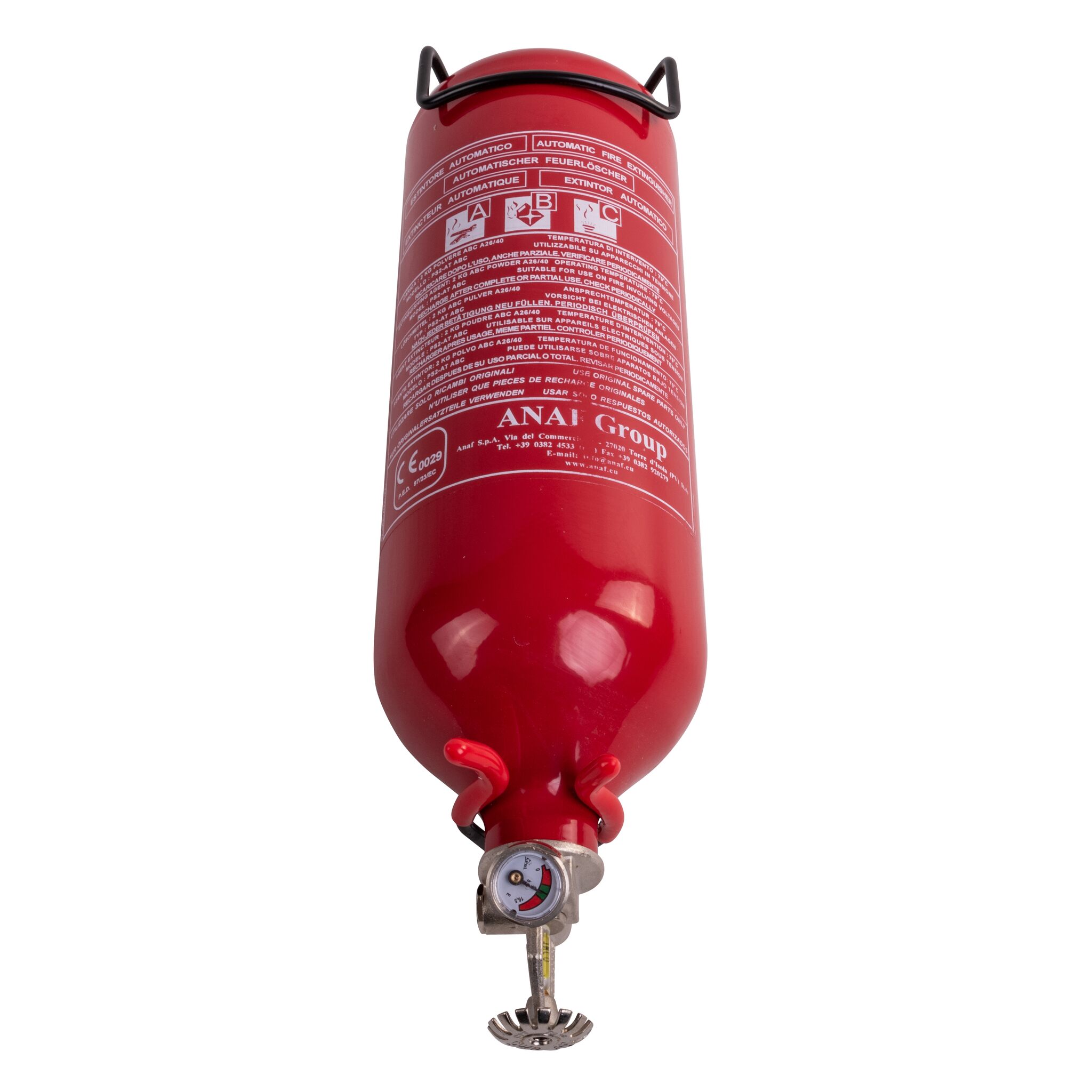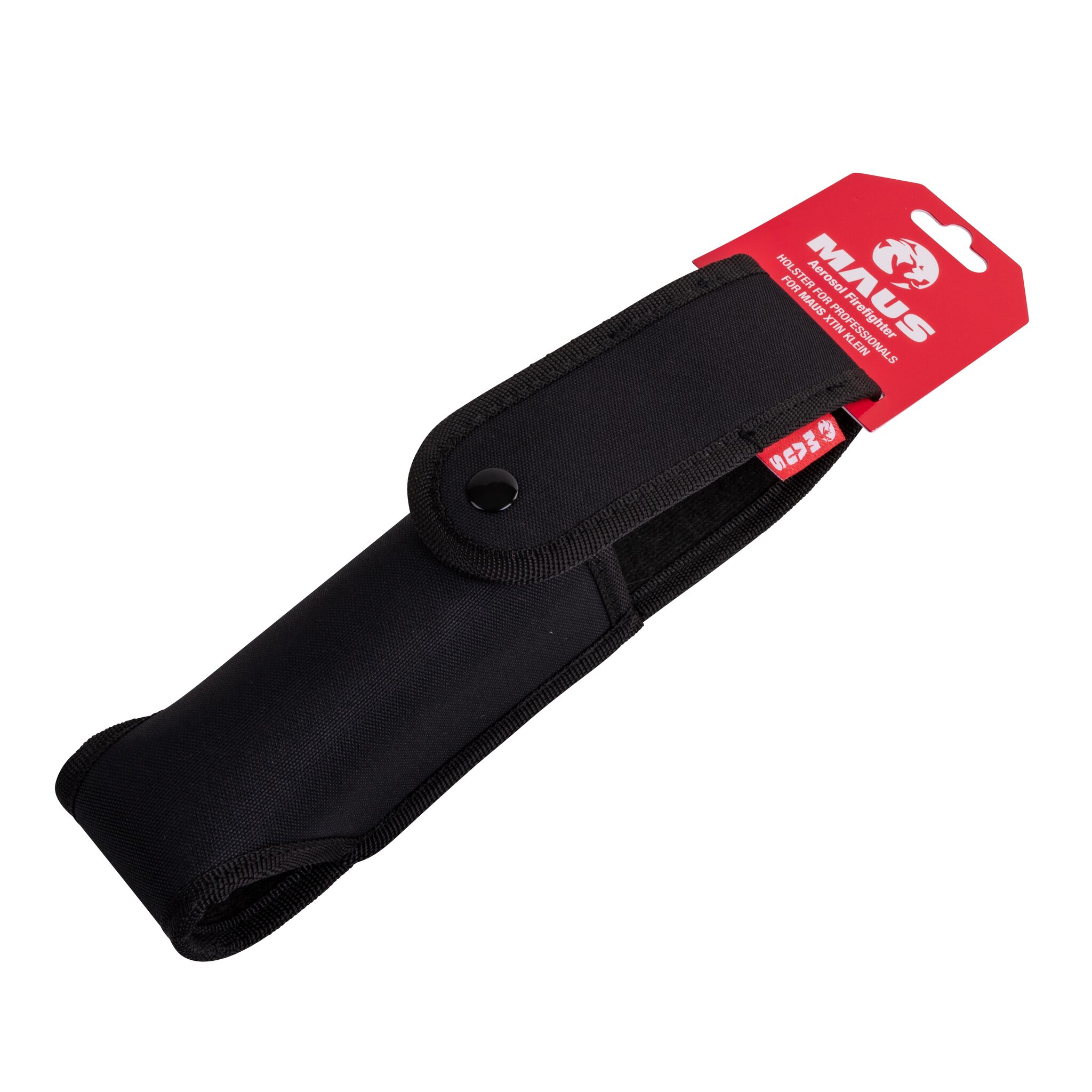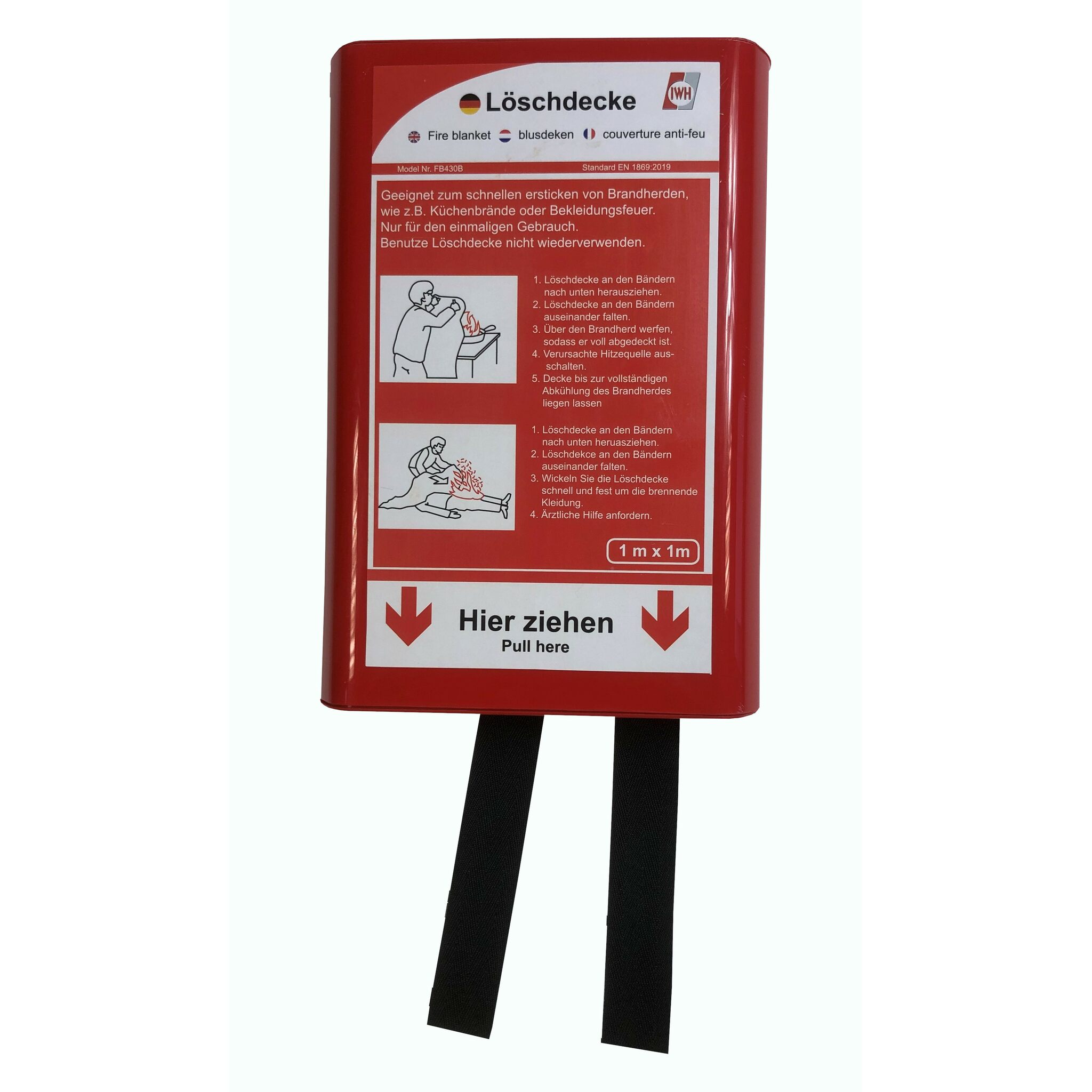Fire extinguishers are a must-have for boats Some boat owners choose not to take a fire extinguisher with them on their trips, even though a fire extinguisher is a must-have for boats. Fires can start for a variety of reasons, including faulty wiring, a gas leak or even deflagration. A fire on a boat is especially dangerous because gas fumes usually can't escape as quickly as they can on a building. There is also an increased risk that the boat will sink if it catches fire. That's why fast and efficient action is required in the event of a fire.
Extinguishing fires before they spread
A boat fire is an acutely dangerous situation for a variety of reasons, as boat fires are notoriously difficult to bring under control. At sea, there are no usable water sources to extinguish a fire using a hose. Moreover, in boat fires, there is an acute danger that a fire will spread rapidly, igniting combustible materials such as sleeping bags or clothing. The result can be catastrophic - not only for the people on board, but also for the crew of other boats in the vicinity. Since an available fire extinguisher can save lives, it is a must-have on board.
Different fire classes of fire extinguishers
Fires are divided into different fire classes. These include:- Class A: Solid, organic substances such as wood, paper, straw, fabrics / textiles
- Class B: Liquid or liquid substances such as oils, fats, alcohol or gasoline
- Class C: Gases such as natural gas, propane or methane
- Class D: Metals such as magnesium, aluminum, potassium or their alloys
- Class F: Cooking oils and cooking fats
Class E for electrical fires was abolished in 1978 by the progressive development of fire extinguisher technology.
On each fire extinguisher are its corresponding fire protection classes picture and letters printed. Against most fires that can occur on a boat, a model with extinguishing powder for classes AB or ABC is recommended.
Check and replace boat fire extinguishers regularly
It is important to check a boat's fire extinguisher(s) regularly and either have them professionally serviced or replaced with a new extinguisher every 2 years. In addition, a quick visual inspection of the fire extinguisher should be performed once a month to detect damage and check the expiration date.
Storing the fire extinguisher on board
A fire extinguisher should always be stored in a dry area near escape routes. There should be no obstacles blocking the way to the fire extinguisher so that it can be reached quickly in an emergency. The location of the fire extinguisher should also be communicated to all persons on board prior to departure.



